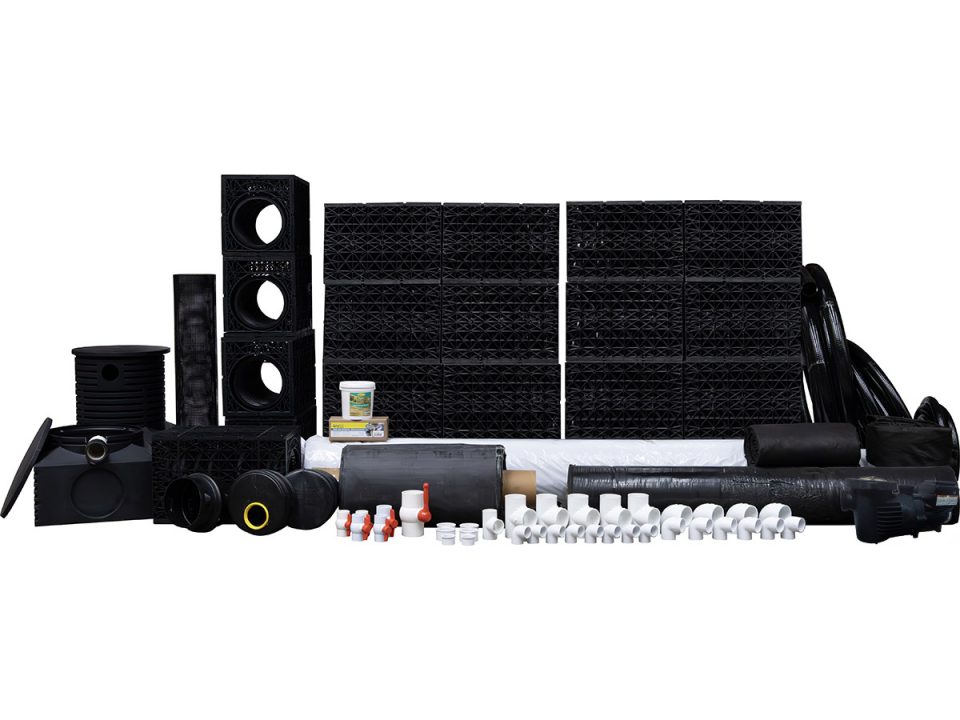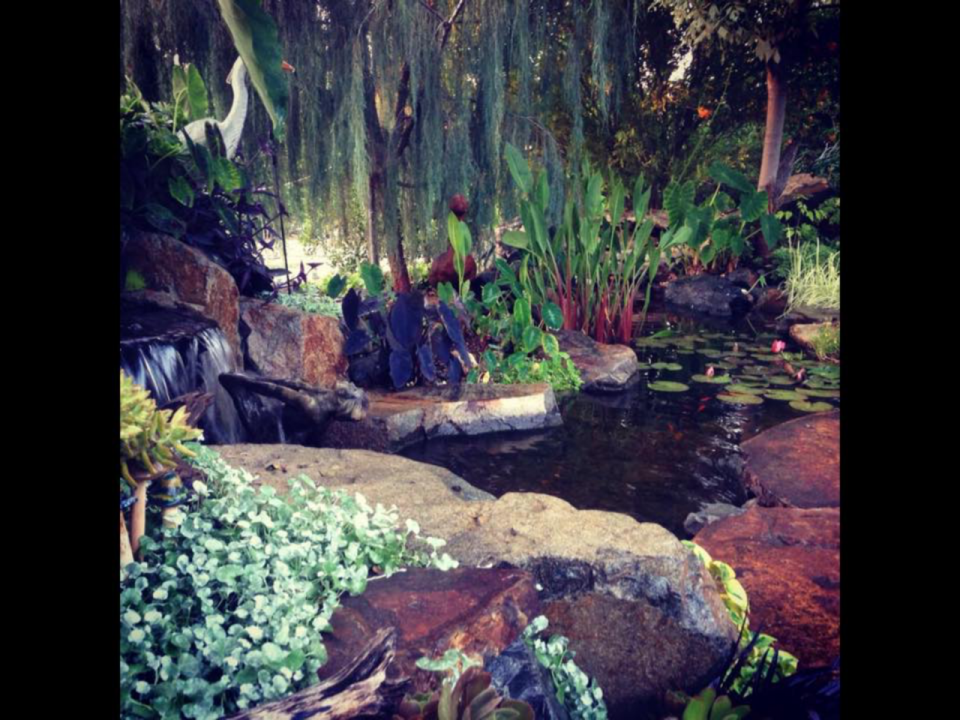3 Pond Myths EXPOSED!
5 Magical Elements Plants Add to Ponds: Including Dragons!
August 20, 2016WHO ATE MY KOI LAST NIGHT???
September 3, 2016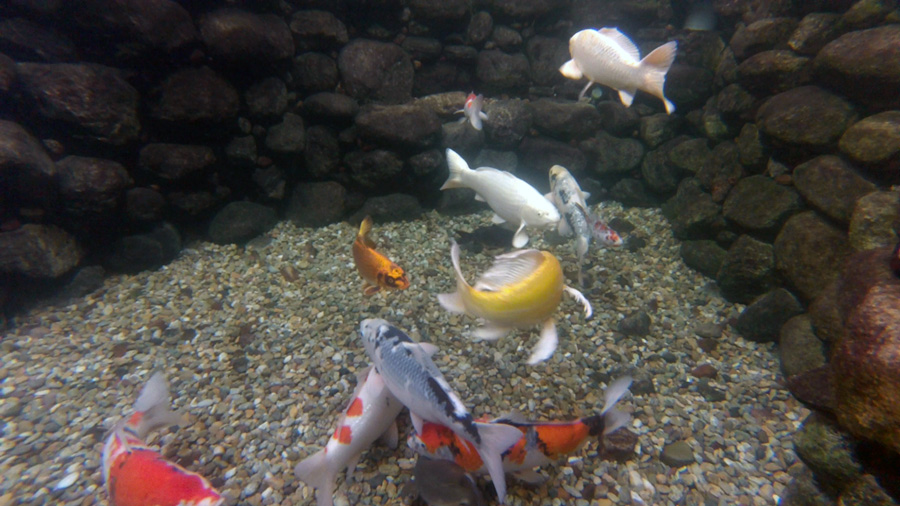
3 Pond Myths EXPOSED!
I hear all kinds of crazy stories. Most of them are even about ponds! Today, I thought I would expose some of the most commons Old Wife’s Tales I hear about ponds, that can help improve the quality of your fish’s lives.
MYTH #1 FISH ONLY GROW AS BIG AS THEIR POND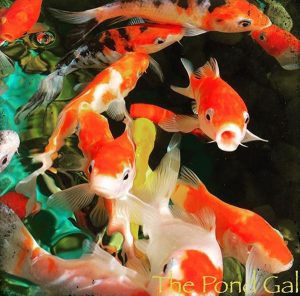
This has become the platform for people that want to put a koi in their 60 gallon Home Depot, plastic, preform pond.
With proper feeding, filtration, and water changes, your fish are going to grow as big as they are meant to be, no matter the size of the pond.
I have personally seen several 3′ long koi in a 300 gallon pond. I once even saw a 28″ koi that had been grown in one of those 6′ wide, 18″ deep kiddie wading pools. Of course, filtration, and water quality in both of these instances was beyond reproach.
The real secret to koi growth is pheromones. Koi release pheromones in to the water all the time.
The pheromones in the pond tell the fish many things, such as who is ready to breed, who is sick, and most importantly, how crowded the pond is. If you keep the pheromone level low, the fish will grow more.
When the pheromone level is high, it tells the fish not to grow. The easiest way to keep the pheromone level low is to perform water changes.
Speaking of water changes….
MYTH #2 WATER CHANGES ARE BAD FOR MY FISH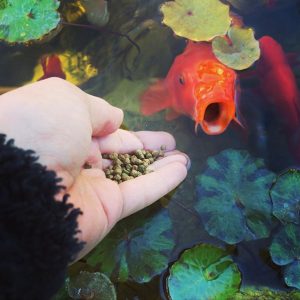
Water changes are good, great even. The more frequently you change water in your pond, the better. I’m not talking 100% water change every week, of course, but a nice small weekly water change would be a beautiful and very beneficial thing.
This one is a stumper for me. About the only way I can figure out how this one started was if someone forgot to de-chlorinate their water after a change, or it was high summer, 115 degrees, and they put ice cold water back in the pond after a water change.
In either of these cases, you are going to lose some fish. Otherwise, water changes help in so any ways.
A normal, reasonable, regular water change, does nothing but good for your pond.
It will help remove any waste build up, reduce ammonia and nitrite in the water, and add oxygen, magnesium, calcium, and potassium, all of which perform beneficial duties for your pond.
Removing all of the above contaminants will also help reduce your algae production.
Algae thrives on decaying materials in your pond, and regular water changes will help to reduce those decaying materials.
MYTH #3 PONDS ARE DIRTY, UGLY, AND A TON OF WORK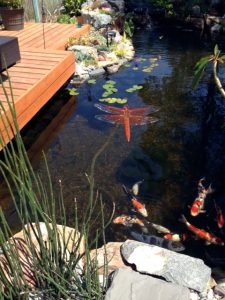
There is some basis in reality for this myth:
If a pond is set up with incorrect filtration, has too many fish, and is fed like crazy, it very well could be messy, smelly, and a lot of work. I’ve seen this time and time again. Frequently with little, preformed, hard plastic, ponds from big box stores.
The reality is, these little puddle style ponds are not big enough for fish, except maybe a few mosquito fish.
They never have good enough filtration, and some have no filter at all. They are destined to fail.
When we design a pond, we always try to filter the same way we know people are going to stock the pond; more than needed.
Usually, by the time our clients finish stocking, they have just the right amount of filtration. And then they say, “Just one more koi I think”!
The reality is, you can never have too much filtration, and that is the goal to shoot for.
If you end up somehow not overstocking your pond, the koi in there will love the extra filtration they have. It’s a no-brainer.
For daily pro pond tips, follow us on SnapChat, Facebook, Instagram, and Twitter
Leslie Triplett, The Pond Gal
Life is Short, Enjoy Koi!
Connect with The Pond Digger:
The Pond Digger on Facebook: www.facebook.com/theponddigger
The Pond Digger on Periscope: www.periscope.tv/theponddigger
The Pond Digger on Instagram: www.instagram.com/theponddigger
The Pond Digger on Pinterest: www.pinterest.com/theponddigger
The Pond Digger on Twitter: www.twitter.com/theponddigger
The Pond Digger on Youtube: www.youtube.com/theponddigger
The Pond Digger on Snapchat: www.snapchat.com/add/theponddigger



